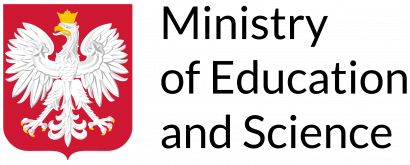Stone, Cross and Mask: Searching for Language of Commemoration
of the Gulag in the Russian Federation
1
The Maria Grzegorzewska University
Publication date: 2012-03-21
Polish Sociological Review 2012;177(1):71-90
KEYWORDS
memoryGulagmonumentthe Russian Orthodox Churchthe Solovetsky Islandsspontaneous shrineMemorial Society
ABSTRACT
This article examines the commemoration practices of the Gulag in the Russian Federation. On
the basis of qualitative data collected during a field research carried out in a few former lager districts
(the Solovetsky Islands, Komi Republic, Perm region and Kolyma), I reconstruct a way the history of
Soviet repressions was uncovered from oblivion and the process of Gulag commemoration began. Starting
from the assumption that the Gulag memory was not started to working through in Russia till the end
of 1980s, and that the last stage of Perestroika had a crucial influence on a way the repression past is
nowadays commemorated in the country, I examine several memory projects erected in that time and show
how the process of reworking the Gulag experience and presenting it in a narrative form occurred. On
a base of the first exhibition dedicated to the Gulag past, SLON—Solovetsky Lager Osobogo Naznachenya,
(the Solovetsky Special Purpose Camp) I reconstruct a process of rewriting history and describe how the
repressive past was perceived at the end of the 1980s. In turn, analyses of meaning and social function
of the monuments commemorating Gulag show that at the beginning there was a diversity of the past
interpretations and that the processes of the transformation of the soft into the hard memory proceed
quite quickly. However, since the mid-1990 a comeback to the traditional, well recognizable model of
culture is visible. Thus, the memory of Gulag supported by the Russian Orthodox Church slowly dominates
the social perception of the repressive past.
ACKNOWLEDGEMENTS
This article bases on the field research that I carried out in 2006, 2007 and 2008 in the Russian Federation. It was a part of a wider research project: Remembering Gulag—analysis of sites of memory in the former Soviet camps. Project was sponsored by the Polish Ministry of Science and Higher Education,
no N11601231/1159.
Submit your paper
Call for Special Issues
Special Issues - Call for papers
Archive
Instructions for Authors
Share
RELATED ARTICLE
We process personal data collected when visiting the website. The function of obtaining information about users and their behavior is carried out by voluntarily entered information in forms and saving cookies in end devices. Data, including cookies, are used to provide services, improve the user experience and to analyze the traffic in accordance with the Privacy policy. Data are also collected and processed by Google Analytics tool (more).
You can change cookies settings in your browser. Restricted use of cookies in the browser configuration may affect some functionalities of the website.
You can change cookies settings in your browser. Restricted use of cookies in the browser configuration may affect some functionalities of the website.


